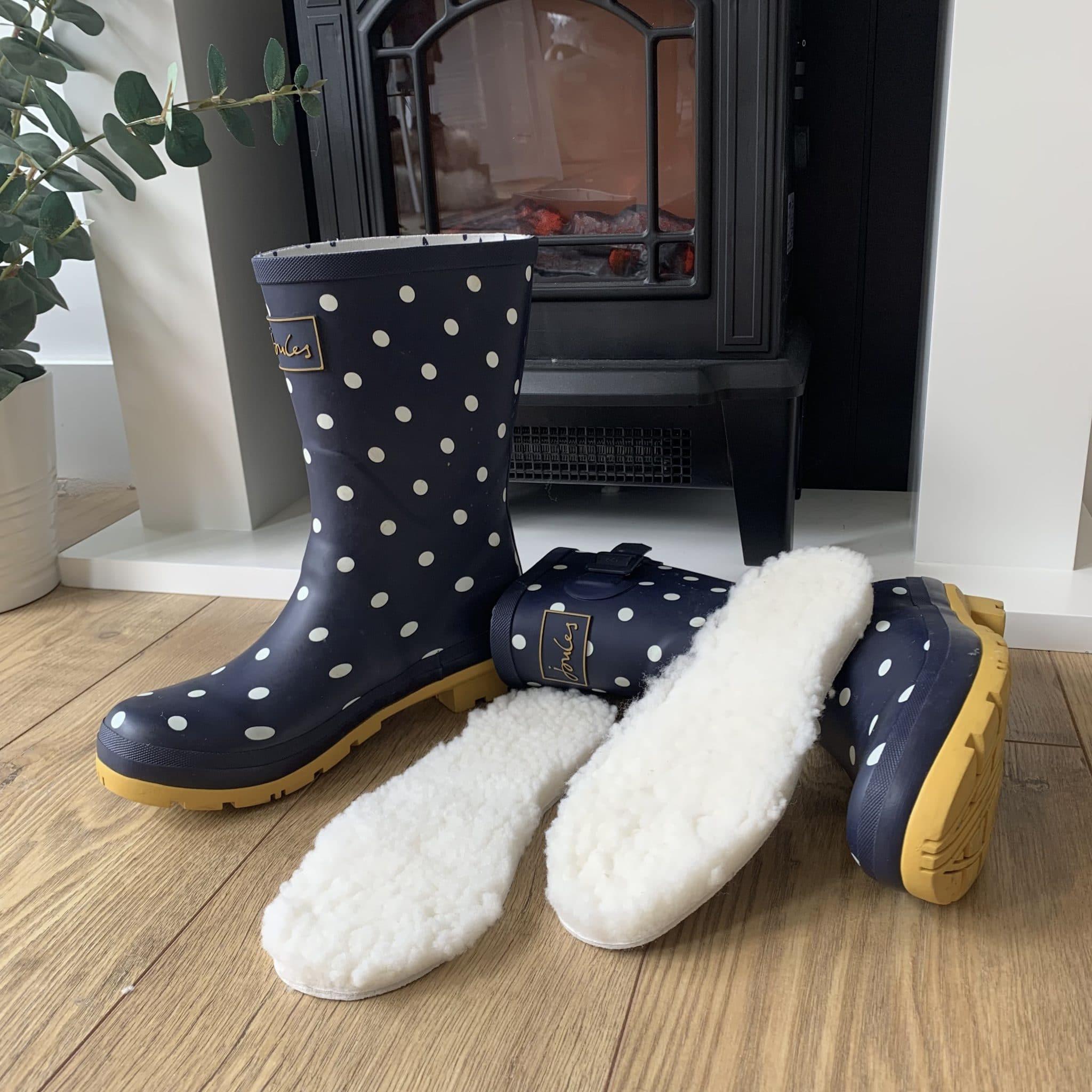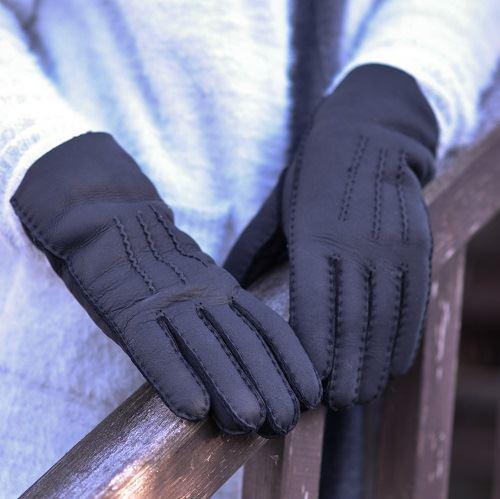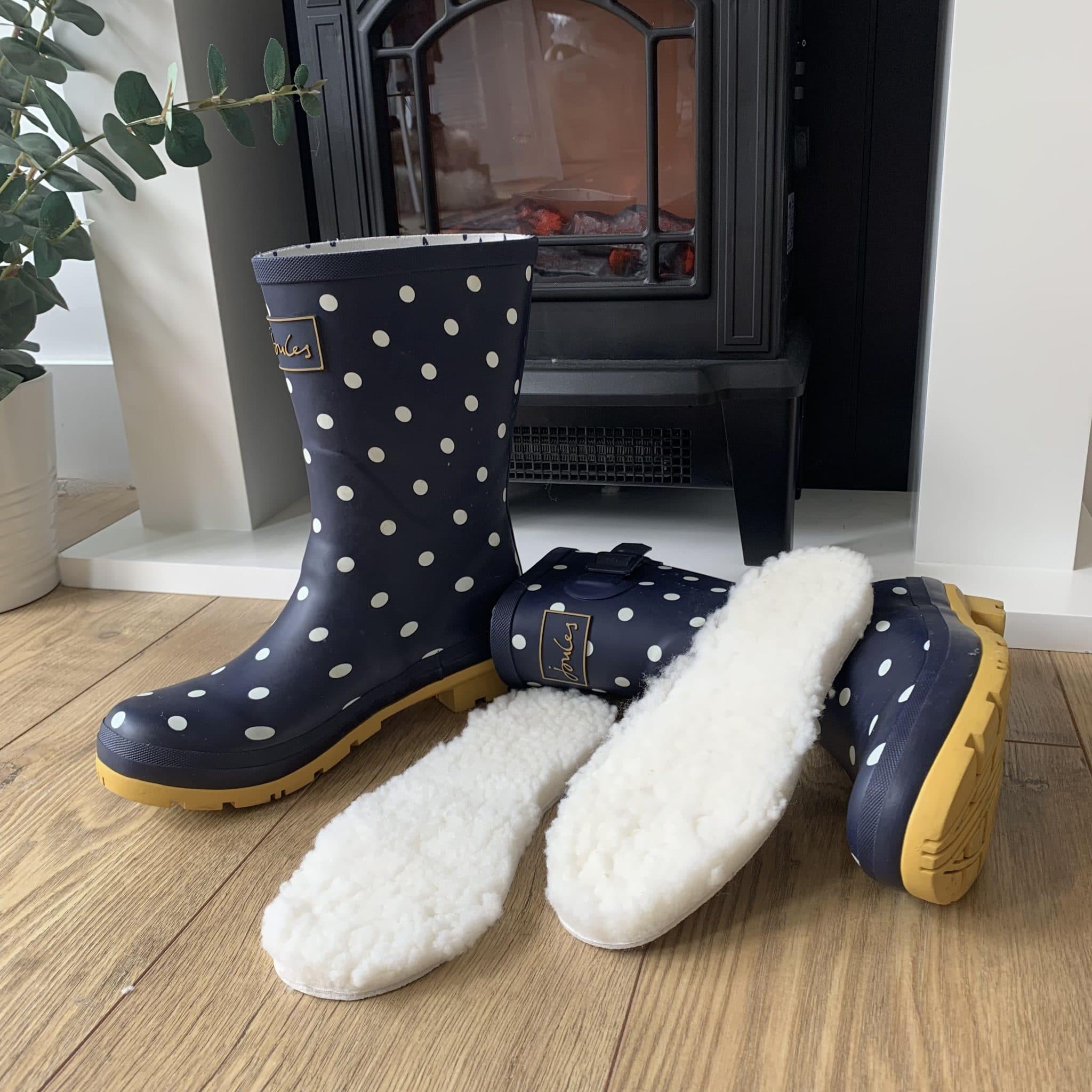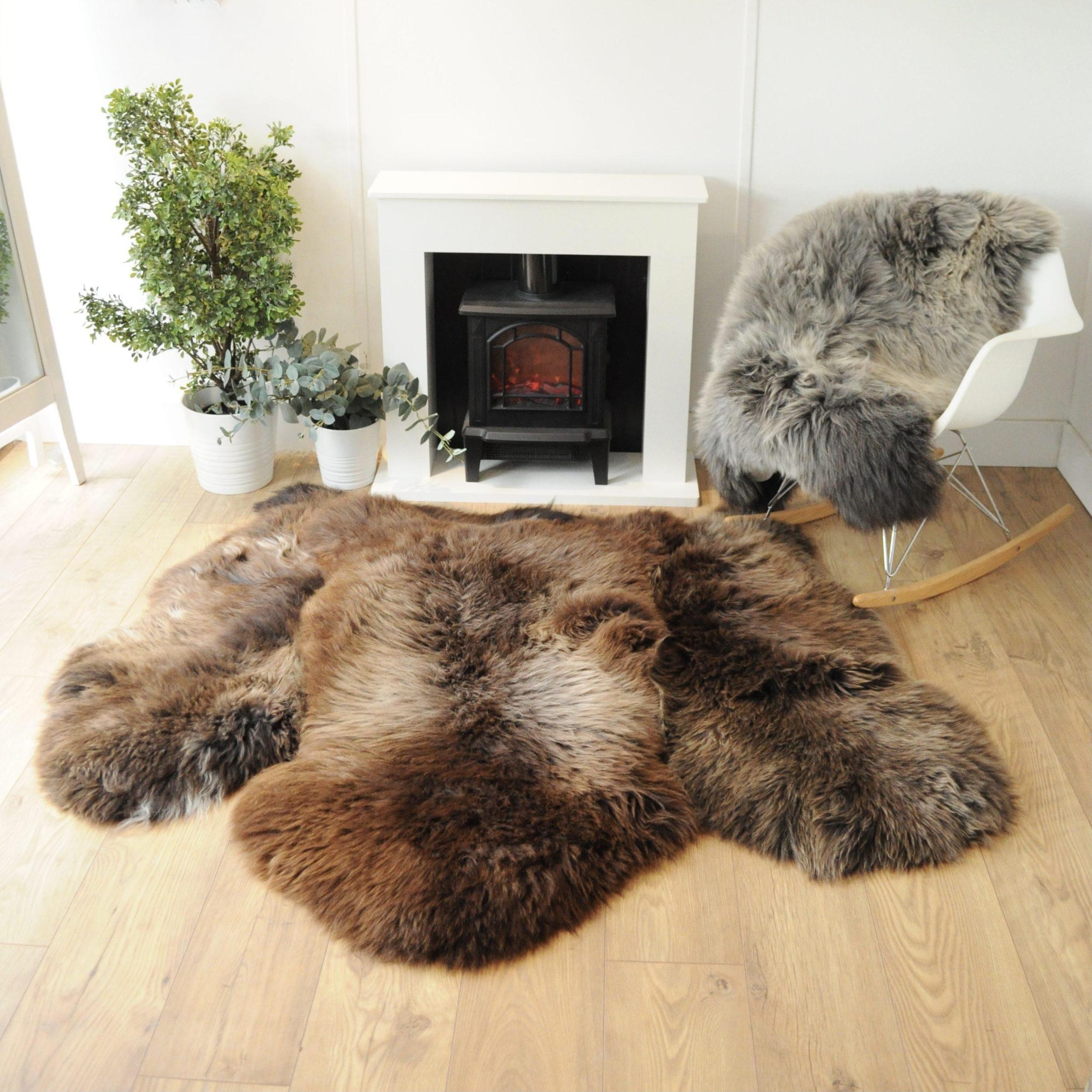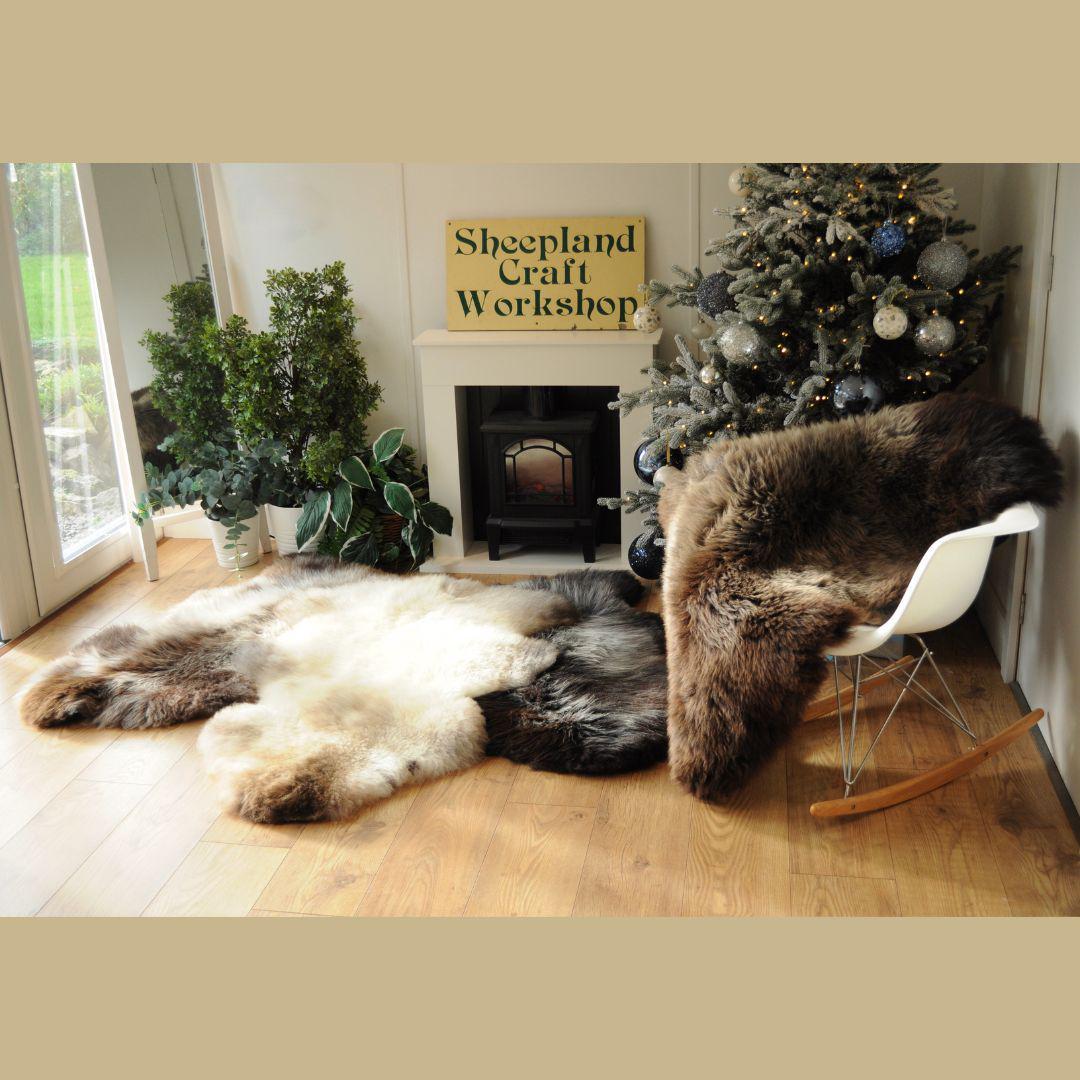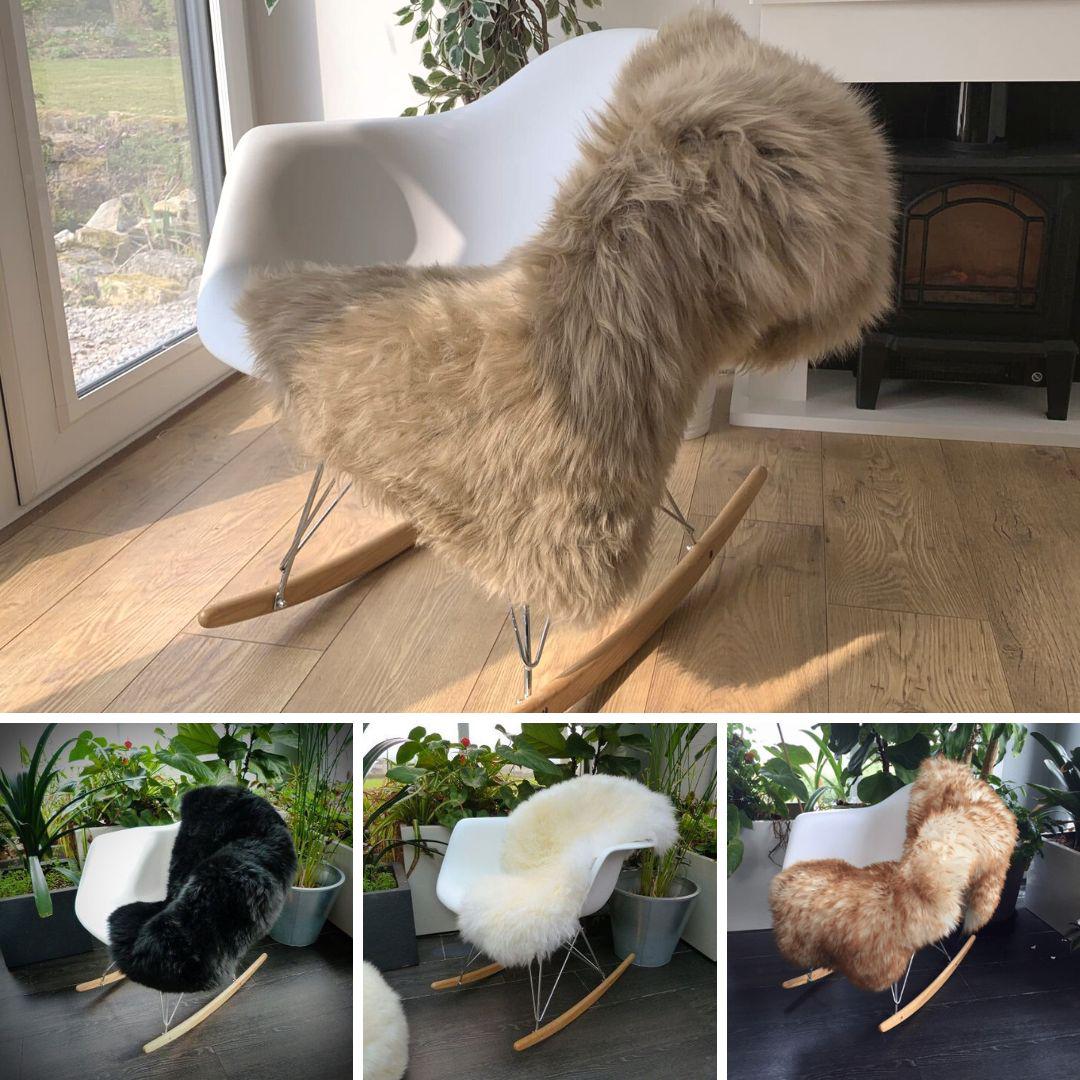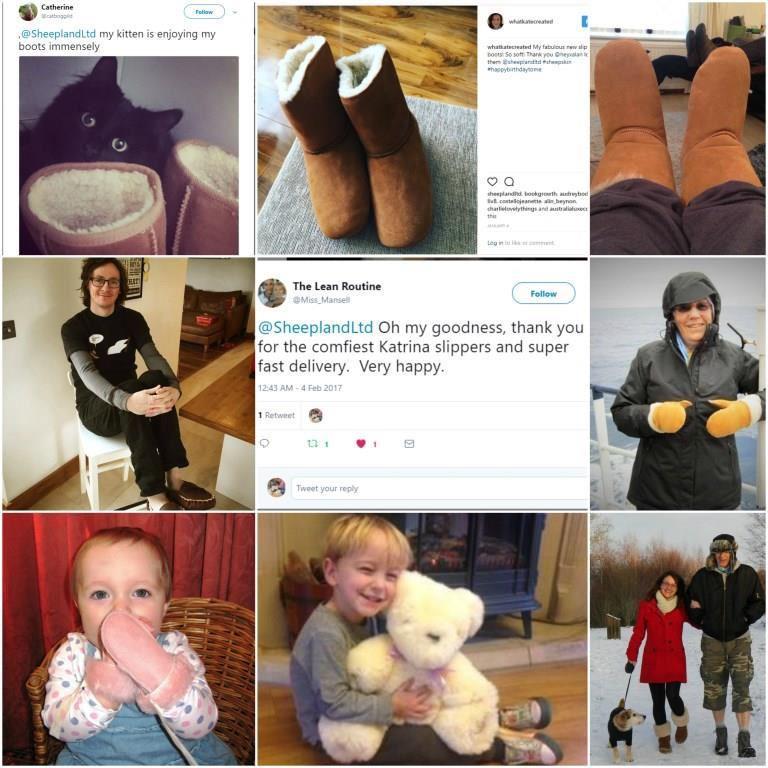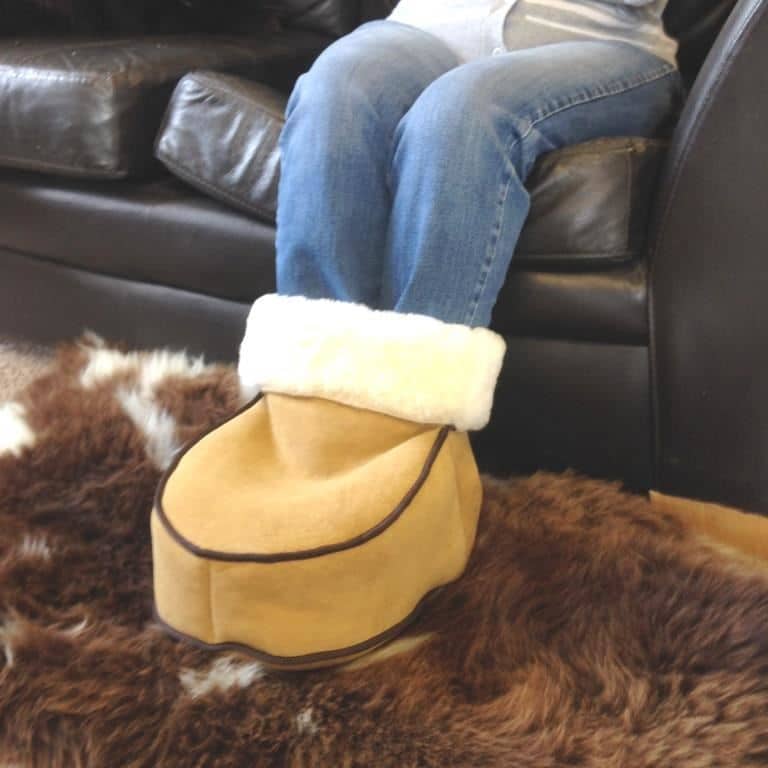Miranda visited the Cambrians eight times last summer and covered a total of 9 km on all fours; this imitation of the ovine lovelies did not induce them to draw near to the artist and they were wary of her presence. She plans to traverse the Pyrenees in the near future, dressed as either a boar or a bear. Let’s hope neither of those species decides to approach her, either.
If Shakespeare saw a lot of hams performing his plays he may be pleasantly surprised today at the change in dramatic fare, to wit, King Lear performed by nine sheep and one human actor. This eccentric production was created by actor Alasdair Saksena, writer Missouri Williams and producer Lucie Elven. The performance consists of Alasdair endeavouring to make his woolly cast enact the Shakespearean tragedy, with comically daft results. Saksena declares that sheep respond when you look them in the eye, recognise you (proven scientifically) and respond to their names, but with a bleat, rather than with the Bard’s immortal prose. ‘Nothing will come of nothing, speak again,’ utters a reproachful Saksena to the sheep playing Cordelia. He should not be surprised if Cordelia ripostes with a Dickensian ‘Baa humbug’. The ovine actors in the play have considerable showbiz pedigrees and have already appeared in ‘Good Morning Britain’, ‘The Apprentice’ and in the class Best Cross-bred Ewe at the Lambeth County Show 2014.
Another sheep feted by the media was Dolly, the first mammal in the world to be cloned. One of the scientists who created her, when asked why she was named Dolly, replied that as she was produced from a mammary gland cell he could not think of a better pair of these glands than those sported by Dolly Parton. Dolly was a Finn Dorset breed and lived to be six and a half, shorter than the average breed life expectancy of eleven. She was euthanised as she had lung cancer and arthritis, neither condition being thought to stem from cloning.
Released On 1st Aug 2018



